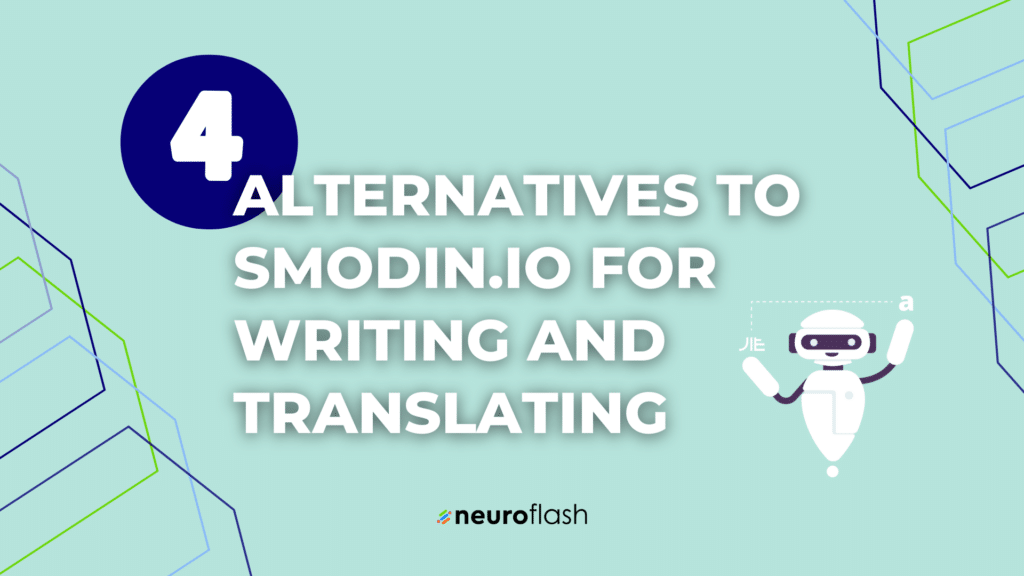What Makes Stable Diffusion Images Unique?
Stable diffusion images are a specific type of diffusion imaging that provide stable and reliable data about neural connections in the brain. They differ from traditional diffusion images in several ways, including their ability to provide more consistent data over time, their ability to process multiple datasets simultaneously, and their ability to create more detailed and comprehensive models of neural connections.
Stable diffusion images are also unique in their ability to incorporate advanced diffusion models, such as constrained spherical deconvolution (CSD) or neurite orientation dispersion and density imaging (NODDI), which extract more detailed information about neural connections and their properties.
If you’re interested in learning more about stable diffusion images and their unique properties, check out our examples of stable diffusion images to get a better sense of their capabilities.
Benefits of Using Stable Diffusion Images
Stable diffusion images offer several key benefits for researchers and clinicians alike. For one, they provide a stable and reliable source of data about neural connections, which is crucial for accurately mapping and understanding the brain’s complex network of connections.
Stable diffusion images also offer the ability to create more detailed and comprehensive models of neural connections, which can help researchers better understand how neural connections influence brain function and behavior.
Beyond their research applications, stable diffusion images may also have clinical implications. For example, they may be used to diagnose and monitor brain disorders that affect neural connections, such as multiple sclerosis, Alzheimer’s disease, and stroke.
Overall, stable diffusion images offer a powerful and unique tool for understanding brain connectivity and the neural basis of behavior.
Common Questions About Stable Diffusion Images
How do stable diffusion images differ from traditional diffusion images?
Stable diffusion images differ from traditional diffusion images in several ways. For one, they are designed to provide more stable and consistent data over time, which is crucial for accurately mapping neural connections. They also incorporate advanced diffusion models, which extract more detailed information about neural connections and their properties than traditional models.
Can stable diffusion images be used to diagnose brain disorders?
Yes, stable diffusion images may have clinical applications for diagnosing and monitoring brain disorders that affect neural connections, such as multiple sclerosis, Alzheimer’s disease, and stroke. However, more research is needed to determine the full extent of their clinical utility.
What software is commonly used to analyze stable diffusion images?
There are a variety of software tools available for analyzing stable diffusion images, including NeuroFlash, which is specifically designed for the analysis of diffusion MRI data, including stable diffusion images. Other commonly used tools include MRtrix, FSL, and ITK-SNAP.
Helpful Tips for Creating and Analyzing Stable Diffusion Images
- Ensure high-quality and consistent data acquisition
- Consider using multiple diffusion encoding schemes for a more comprehensive analysis
- Utilize advanced diffusion models to extract more detailed information
- Apply denoising and destriping techniques to improve data quality
- Validate your results with multiple analyses and validation methods
Related Questions
How do stable diffusion images differ from other types of diffusion images?
Stable diffusion images differ from other types of diffusion images in several ways, including their ability to provide more stable and consistent data over time, their incorporation of advanced diffusion models, and their ability to create more detailed and comprehensive models of neural connections. They may have clinical applications for diagnosing and monitoring brain disorders that affect neural connections.
Can stable diffusion images be used in medical diagnosis?
Yes, stable diffusion images may have clinical applications for diagnosing and monitoring brain disorders that affect neural connections, such as multiple sclerosis, Alzheimer’s disease, and stroke. However, more research is needed to determine the full extent of their clinical utility.
What factors affect the stability of diffusion images?
Several factors can affect the stability of diffusion images, including the quality of the data acquisition process, the accuracy of the diffusion model used, and the presence of noise or artifacts in the data. Consistent data acquisition and analysis, advanced diffusion models, and thorough validation techniques can help improve the stability and reliability of diffusion imaging data.
Are stable diffusion images more reliable than other medical imaging techniques?
Stable diffusion images offer a unique and valuable tool for understanding brain connectivity and neural function, but they may not necessarily be more reliable than other medical imaging techniques, such as fMRI, PET scans, or CT scans. Each imaging technique has its own strengths and limitations, and the choice of imaging technique will depend on the specific research or clinical question being asked.
How can stable diffusion imaging be improved to enhance its diagnostic potential?
Several techniques may be applied to improve the diagnostic potential of stable diffusion imaging, including the use of more advanced diffusion models, the incorporation of alternative imaging modalities such as fMRI or PET scans, and the development of more sophisticated data analysis and visualization tools. Collaborative efforts between researchers, clinicians, and software engineers will be crucial for advancing the field of stable diffusion imaging and improving its clinical impact.
Other People Asked
How do stable diffusion images differ from other types of diffusion images?
Stable diffusion images differ from other types of diffusion images in several ways, including their ability to provide more stable and consistent data over time, their incorporation of advanced diffusion models, and their ability to create more detailed and comprehensive models of neural connections. They may have clinical applications for diagnosing and monitoring brain disorders that affect neural connections.
Can stable diffusion images be used in medical diagnosis?
Yes, stable diffusion images may have clinical applications for diagnosing and monitoring brain disorders that affect neural connections, such as multiple sclerosis, Alzheimer’s disease, and stroke. However, more research is needed to determine the full extent of their clinical utility.
What factors affect the stability of diffusion images?
Several factors can affect the stability of diffusion images, including the quality of the data acquisition process, the accuracy of the diffusion model used, and the presence of noise or artifacts in the data. Consistent data acquisition and analysis, advanced diffusion models, and thorough validation techniques can help improve the stability and reliability of diffusion imaging data.
Are stable diffusion images more reliable than other medical imaging techniques?
Stable diffusion images offer a unique and valuable tool for understanding brain connectivity and neural function, butthey may not necessarily be more reliable than other medical imaging techniques, such as fMRI, PET scans, or CT scans. Each imaging technique has its own strengths and limitations, and the choice of imaging technique will depend on the specific research or clinical question being asked. Overall, stable diffusion images are a promising and valuable tool for understanding brain connectivity and may have important applications in both research and clinical settings. As technology and analysis techniques continue to advance, the potential of stable diffusion imaging to improve our understanding of the brain will only continue to grow.
Conclusion
Stable diffusion images offer a unique and valuable tool for understanding brain connectivity and neural function. They provide stable and reliable data, incorporate advanced diffusion models, and allow for the creation of more detailed and comprehensive models of neural connections. This information can be used to better understand how neural connections influence brain function and behavior, as well as diagnose and monitor brain disorders that affect neural connections.
However, more research is needed to determine the full extent of their clinical utility and how they compare to other medical imaging techniques. Advancements in technology and analysis techniques will continue to improve the potential of stable diffusion imaging to improve our understanding of the brain.
Overall, stable diffusion images offer an exciting and promising avenue for studying and understanding the complex network of connections in the brain, and their potential applications in research and clinical settings make them a valuable tool for advancing the field of neuroscience.


















